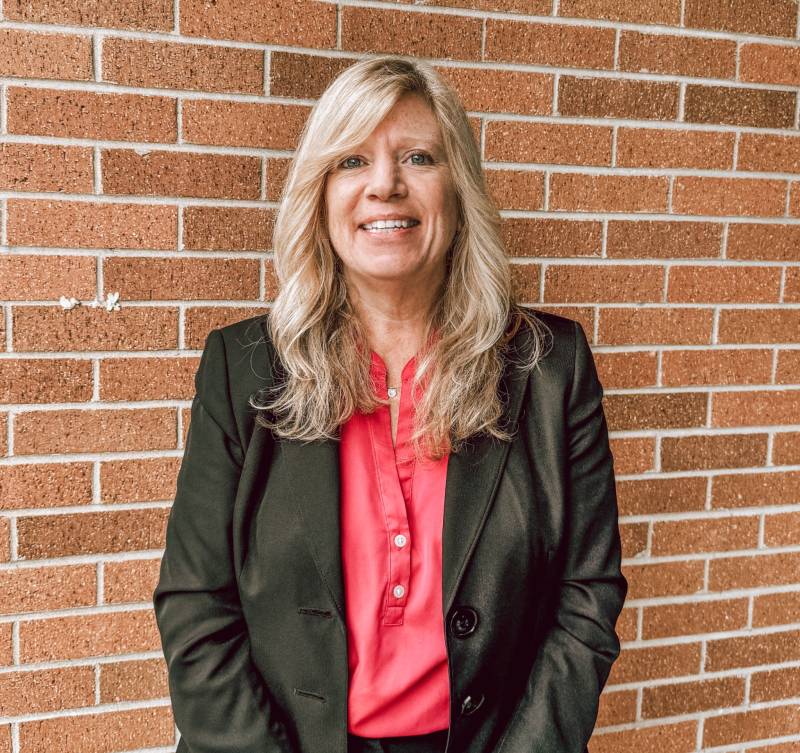O’Darius A. Hamilton, Taheed M. Moffett and Carlos D. Hightower (no ages nor residential information provided by Batavia PD) are charged with multiple crimes following a traffic stop on July 15 on Ellicott Street by members of the Batavia PD NET Unit. They were all charged with criminal possession of a weapon 2nd and criminal possession of stolen property. Moffet and Hamilton were charged with criminal possession of a controlled substance 3rd. Hamilton was also charged with criminal possession of a controlled substance 4th and two counts of criminal use of drug paraphernalia 2nd. During the traffic stop, officers allegedly found a large quantity of narcotics and a loaded handgun. The handgun had been previously reported stolen. All three were arraigned and released.
Richard C. Dumbleton and Robert J. Karker (no ages nor residential information provided by Batavia PD) are charged with two counts of criminal possession of a controlled substance. Dumbleton is also charged with criminal possession of a weapon, two counts of criminal use of drug paraphernalia and a traffic violation. On July 21, Batavia patrol officers conducted a traffic stop on Raymond Avenue. As a result of a search of the vehicle, officers reportedly found a large quantity of narcotics. Dumbleton was arraigned and released. Karker was held as a fugitive from justice on a warrant issued in Kentucky.
Lorendia S. Templeton, 29, of Farmington, was charged on July 8 with attempted assault 1st, menacing 2nd, and criminal possession of a weapon 4th. Templeton is accused of hitting another person with a baseball bat during a fight on Elm Street, Batavia, on July 7. He was arraigned and released.
Krystle D. Sanders, Dajuandrick C. Gardner, and Ashley M. Davis are charged with endangering the welfare of a child. The three suspects are accused of watching and encouraging two juveniles to fight on State Street, Batavia, on June 6. They were arrested on July 4 and issued appearance tickets.
Samuel J. Hernandez, 22, of Batavia, is charged with petit larceny. Hernandez is accused of stealing the tip jar from Blondie's Sip-N-Dip on July 14. He was issued an appearance ticket and released.
Penny S. Hofert, 58, of Batavia, is charged with criminal sale of a controlled substance 3rd and criminal possession of a controlled substance 3rd. Hofert was arrested on July 15 following an investigation into drug sales in the city of Batavia. She was arraigned and released.
David J. Vega, 59, of Rochester, was arrested on July 15 on two warrants. The first warrant stems from a traffic stop, where Vega was issued a misdemeanor traffic ticket but allegedly failed to appear in court. The other warrant was issued after Vega allegedly failed to appear in court on a robbery charge from 2019. He was arraigned and remanded to the Genesee County Jail.
Michael J. Miller, 46, of Batavia, was arrested on July 18 on two warrants. Miller is accused of failure to register a change of address as a sex offender on two separate occasions. He was arraigned and jailed.
Cindy I. Bush, 62, of Batavia, is charged with criminal possession of a controlled substance 7th. Bush was allegedly found in possession of cocaine and fentanyl on Oct. 26 in the city of Batavia. She was arrested on July 16 and issued an appearance ticket.
Laquita O. Jackson-Thomas, 41, of Rochester, was arrested on July 14 on a warrant for allegedly failing to appear in court on a traffic ticket. She was arraigned and released.
Jon H Bush, 64, is charged with criminal possession of a controlled substance 7th. Bush is accused of possessing cocaine on Oct. 26 in the city of Batavia. He was arrested on July 11 and issued an appearance ticket.
Michael C. Smith, 32, of Batavia, is charged with petit larceny. Smith is accused of stealing a wagon from T.F. Brown's on July 16. He was issued an appearance ticket.
Dontre R. Woods, 34, of Batavia, was arrested on a warrant on July 16. Woods is accused of failure to appear on a traffic ticket. He was arraigned and released.
Christine A. Draper, 53, of Bethany, is charged with harassment 2nd. Draper is accused of punching another person in the face during a disturbance at Batavia Downs on July 13. She was issued an appearance ticket.
Ryan A. Decillis, 32, of Batavia, is charged with harassment 2nd. Ryan A Decillis is accused of shoving another person during an argument on July 8 at a location on Ross Street, Batavia. He was arraigned in City Court and released.
Samuel J. Hernandez, 22, of Batavia, is charged with petit larceny. Hernandez is accused of stealing the tip jar from Blondie's Sip-N-Dip on July 14. He was issued an appearance ticket and released.
Courtney B. Kacur, 21, of Le Roy, is charged with DWI. Kacur was charged after reportedly being found asleep at the wheel in a business parking lot on East Main Street, Batavia, on July 4. She was issued an appearance ticket.
Jonathan E. Garcia, 32, of Batavia, is charged with failure to register as a sex offender. Garcia was arrested on July 9. He is accused of failure to register e-mail and social media accounts. He was released on an appearance ticket.
Carl E. Canterbury, 53, and Brant G. Matthews, 29, both of Batavia, are charged with criminal possession of a controlled substance 4th. Officers with the Batavia Police NET unit conducted a traffic stop on Ellicott Avenue on July 4. During the investigation, officers searched the vehicle and allegedly located over four grams of crack cocaine. Canterbury was additionally charged with Aggravated Unlicensed Operation of a Motor Vehicle 3rd. Both were arraigned and released.
Kevin L. Henley, 32, of Cheektowaga, is charged with criminal trespass 2nd. Henley is accused of entering a residence in Batavia on July 10 without the owners' permission. He was issued an appearance ticket.
Thomas J. Mitchell, 34, of Batavia, is charged with petit larceny. Mitchell was arrested on July 10. He is accused of stealing a set of car tires and using them on his own vehicle. He was issued an appearance ticket.
Christopher M. Phillips, 27, of Batavia, is charged with menacing 2nd and criminal possession of a weapon 4th. Phillips is accused of threatening another person on July 8 with a knife during a fight on Bank Street. He was issued an appearance ticket.
Carlina T. Newton, 29, of Buffalo, is charged with criminal possession of a controlled substance 7th and harassment 2nd. On July 7, Batavia patrol officers responded to a report of a person wandering in traffic on West Main Street. Newton was taken into custody and taken to the hospital. While being detained, Newton was allegedly found in possession of crack cocaine. Newton is also accused of biting a police officer. She was issued an appearance ticket.
Jennifer L. Tucker, 48, of Batavia, was arrested on July 8 on a warrant. The warrant stems from a March traffic stop, during which Tucker was issued a misdemeanor traffic ticket. The warrant was issued when she allegedly failed to appear in court. Tucker was arraigned and released on her own recognizance.
Lamar I. Randall, 38, of Batavia, was arrested on July 7 on a warrant. The warrant stems from a traffic stop in December 2023, during which Randall was issued misdemeanor traffic tickets. The warrant was issued when he allegedly failed to appear in court. Randall was arraigned and released.
Daniel J Bakowski, 43, of West Valley, was on a warrant on July 23, charging him with criminal possession of a controlled substance 5th. On Dec. 2, Bakowski was allegedly found in possession of narcotics. He was arraigned and released.
Kamau S. Freeman, 30, of Buffalo, is charged with robbery 3rd, criminal contempt 1st, criminal mischief 3rd, and grand larceny 4th. Freeman was arrested on July 14 in connection with an incident where he allegedly forcibly stole property and damaged it and, in the process, violated a court order. He was arraigned and released.























